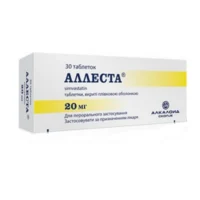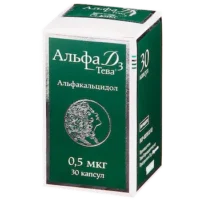Description
Omez (Omeprazole) Capsules 20 mg
Ingredients:
- Each capsule contains 20 mg of omeprazole as the active ingredient.
Dosage:
- The usual dose is one capsule daily before a meal.
Indications:
- Omez capsules are indicated for the treatment of acid-related disorders such as gastroesophageal reflux disease (GERD), peptic ulcers, and Zollinger-Ellison syndrome.
Contraindications:
- Do not use Omez capsules if you are allergic to omeprazole or similar medications.
- Consult your doctor before use if you have liver disease.
Directions:
- Swallow the capsule whole with water. Do not crush or chew.
Scientific Evidence:
- Omeprazole works by irreversibly inhibiting the proton pump in the stomach lining, reducing acid production.
- Studies have shown omeprazole to be effective in managing GERD and peptic ulcers.
Additional Information:
- Omez capsules should be stored at room temperature away from moisture and heat.
- Keep out of reach of children.
- If you experience severe or persistent symptoms, contact your healthcare provider.





